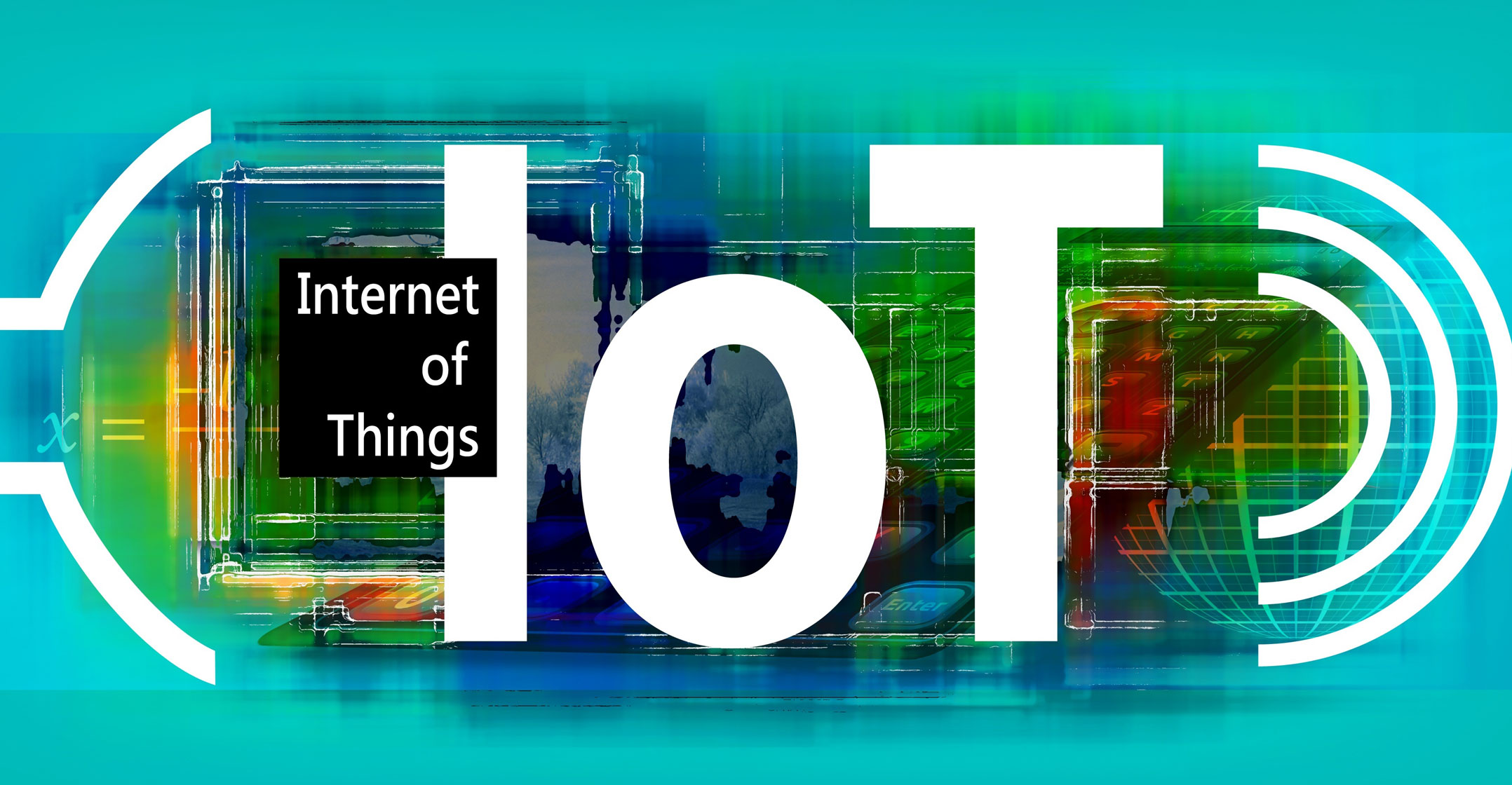
Sigfox’s co-founder is eyeing a listing in 2019 and pondering a pre-IPO round later this year, after reassuring investors about the future of the French start-up.
With money from backers including Salesforce.com and Samsung Electronics, Sigfox has expanded its network for connected objects, added sizeable customers and is on track to become profitable in the fourth quarter, co-founder and CEO Ludovic Le Moan said in an interview in Paris.
Sigfox’s South African partner, SqwidNet, is building a national Internet of things (IoT) network using the company’s technologies.
Unlike many startups claiming breakthroughs, Sigfox’s telecommunications network relies on century-old technology, based on the same principles that allow radio telescopes to pick up radiation from very distant stars, and how submarines signalled to each other during World War 1.
An IPO is now being considered in 2019, following questions from investors and customers over the past year about the pace at which Sigfox was expanding and its profitability, people familiar with the matter said, asking not to be named discussing private talks.
Le Moan said he has spent months convincing investors and clients of the company’s sustainability.
“Up until a year ago, people were still asking whether Sigfox would succeed,” he said, whose company employs about 400 people. “We’ve signed some big names since, and that’s helped customers and investors get over those concerns.”
Le Moan said Sigfox aims to generate sales of €75m euros and connect six million objects by year-end to its network in 60 countries. That compares to revenue of €50m in 2017 and 2.5m connected objects.
STMicroelectronics announced on Monday that it will include Sigfox’s software in its microcontrollers, while Total, Nestle and Airbus are among its customers.
Sigfox has already publicised its plans to go public, stating in 2016 that it hoped to list in 2018 or 2019 after raising €150m with Lazard and Goldman Sachs Group acting as advisers. The French start-up has already raised a total of €250m.
KPIs
“We’ll see in the second half of 2018 whether an IPO makes sense, based on the KPIs we’re targeting,” Le Moan said. “Our profitability signals the network we started building seven years ago is sustainable. After that we’ll need more fuel to go further.”
Companies from Amazon.com to shipping companies are turning to IoT — the idea of connecting everyday objects to a global network — to track goods, manage their supply chain, collect data to tweak their business models and cut costs.
The IoT market is expected to grow annually by 10% until 2030, when it will reach 35bn connected devices, according to predictions by researcher Idate Digiworld.

To grab a share of the IoT market, Sigfox is going head to head with well-established carriers, as customers wanting to set up an IoT network decide between renting capacity from a phone company, and signing up with an alternative provider.
The start-up has also turned some competitors into allies, getting Telefonica and NTT Docomo on board as investors and partners for network co-deployments. Sigfox’s network ships basic data using a small amount of power, resulting in a lower cost. This method works well for devices that do not need to be in constant communication with the Web, but only need to send or receive occasional, short-burst signals. What Sigfox technology doesn’t do is transmit videos and other network-hungry content. “We tell industrials to build a different kind of business plan — how much their data is worth and how much it costs to fetch,” Le Moan said. “We’re here to help companies extract data as cheap as possible.” — Reported by Marie Mawad and Alexandre Boksenbaum-Granier, with assistance from Francois de Beaupuy and Rodrigo Orihuela, (c) 2018 Bloomberg LP




